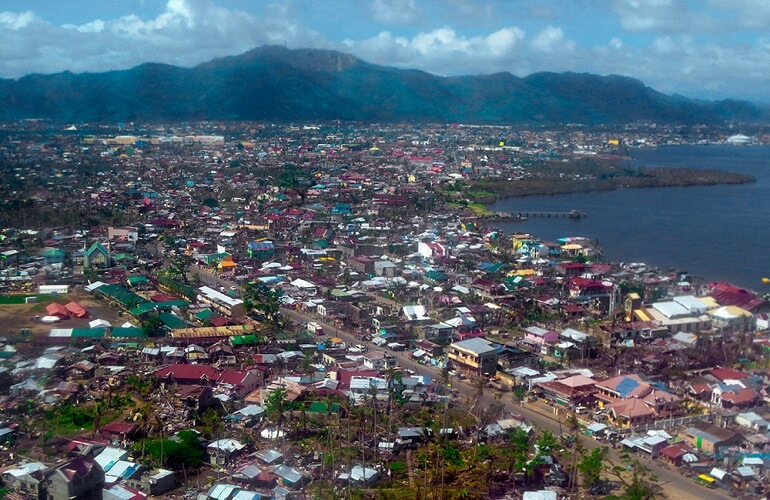Culture and Education in the Philippines for Indian Students
As education counsellors at Just for Education, we encounter several issues when considering aspiring Indian candidates for MBBS in any foreign country. We discuss all these points in this article about studying in the Philippines. However, the main two concerns prevail—these concerns include the “general culture of the place” and the “quality of education”. Therefore, we thought about addressing these significant points below.
Culture and Education in the Philippines for Indian Students
Advantages and Disadvantages
There are many advantages and disadvantages to selecting a country to study MBBS in the Philippines. The all-time favourite option for any Indian student to study MBBS would be in his native country from India. However, when the competition is so fierce, and it is necessary to obtain a higher NEET (National Eligibility cum Entrance Test) score for admission to a government medical school, it is essential to explore options for studying anywhere abroad, and the Philippines is the first on that long list.
High Quality of Education
The Philippines is most famous for MBBS education due to the high quality of education all over the world. There are a vast number of medical schools that are regulated by the Commission for Higher Education (CHED) and follow the US (United States) education system during the course, which is wisely developed with the core growth of every student in mind, incorporating knowledge of theories, practical, research videos, technology, seminars, and more.
Competitive Environment
The highly competitive environment of medical universities in the Philippines has meant that each university has increased the quality of education, amenities, and all other student needs. Local culture will likely play an essential role for an international student. This may be the first time this student will live alone and away from family, parents, friends, and country.
Similarities and Differences
This young man will mature around this culture, have a better sense of the world around that culture, and remember this culture as part of the first few years that will shape their life. Fortunately, the Philippines and India have some distinct similarities and fewer differences in their topographical characteristics, food, livelihoods, language, arts, literature, and clothing.
For example, parents and relatives are expected to stay in a home similar to India’s joint family culture. The people of the Philippines respect and cherish their elders, and this is shown in many ways in everyday life. For example, the elderly are called “PO” after please, thanks, and other exchanges, with the youngest taking the elder’s hand and touching it on the forehead in a charming show of awe called “Mano”.
The elderly, disabled, and pregnant women even have their separate lines at banks, restaurants, and taxi lines, which allows them to bypass the crowd. However, your politeness can go a bit too far, as you will rarely hear the people of the Philippines say a direct “no” answer when asking a question. This feature can create many challenging and hilarious situations for tourists or international students.
The people of the Philippines are happy, warm, and have a great sense of humour. According to the Gallup Index, the Philippines is ranked as one of the gladdest countries in the world. The people of the Philippines also have a noisy sense of humour; playing and singing are part of their lives, just like in India. Life in the Philippines is to smile, laugh, and enjoy every moment with the people around you!
The people of the Philippines are really into basketball. Makeshift hoops are erected at every corner, young people usually wear NBA (National Basketball Association) jerseys, and local teams play in all the community halls. The Philippine Basketball Association (PBS) is the first and oldest league in Asia and the second oldest in the world, after the National Basketball Association (NBA) in the United States (US).
Shopping Malls
The people of the Philippines love their shopping malls. They serve as community centres, as they are clean, safe, and, most importantly, air-conditioned. In addition to the usual stores, they also have numerous food outlets, gyms, grocery stores, banks, health clinics, nightclubs, parks, concert arenas, and even churches within their malls. The Philippines is home to three of the ten most prominent shopping centres in the world: SM Mega Mall of Fashion (the 3rd largest in the world, covering 5,451,220 square feet), SM City North EDSA (the 4th largest in the world) and SM Mall of Asia (10th largest in the world).
Politeness is an art and sculpture form in the Philippines. Most of the foreigners will be called “mam” and “sir”, regardless of age. You will see those younger people refer to slightly older men and women as “Kuyas” and “Ates” as a kind of elder brother or sister, respectively.
Christianity is the largest religion in the Philippines, making it the only Christian-majority nation in Asia. Eighty per cent (80%) of its population identifies as Roman Catholic. With a population of over 100 million people, the Philippines is the 12th most populous country in the world.
More than 11 million people in the Philippines work anywhere abroad, which makes up about 11% of the entire population. The people of the Philippines are the second most prominent Asian American group in the United States (US) after the Chinese. The Philippines is the world’s largest supplier of nurses; about 25% of nurses initially come from the Philippines.
Conclusion
Initially, the Philippines was measured as a lesser player in the student race. Still, recently, it has become one of the most popular and advantageous places to study MBBS in the Philippines. It is topographical location, affordability, climate, educational opportunities, and culture make it extremely attractive as an international study destination. The Philippines is not just a country of mass migration. Still, it attracts many immigrants to this country for education, investment, and housing, and the government is new and innovative in investing in relocating people from all over the world. The search for ways continues, with the country’s popularity and economy growing. Attracting international students is undoubtedly a win-win situation for both parties.

















